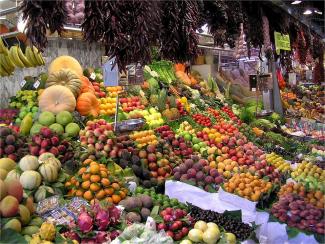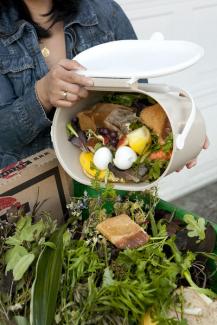Contact Us
Carol Adaire Jones
Visiting Environmental Economics Scholar
Tel: 202-939-3800 or 301-922-8810
jones@eli.org
Carol is Co-Director of the Food Waste Program, and co-leader of ELI’s project on Tropical Environmental Liability.
Carol Adaire Jones
Visiting Environmental Economics Scholar
Tel: 202-939-3800 or 301-922-8810
jones@eli.org
Carol is Co-Director of the Food Waste Program, and co-leader of ELI’s project on Tropical Environmental Liability.

In a Vibrant Environment blog post on February 17, 2017, we provided an overview of the types of approaches that cities and states can use to address the environmental and social justice implications of wasting 40% of the food that is produced in the United States. We addressed reducing food waste before it happens, but because that is not always possible, we turn now to the next best alternative—rescuing or donating wasted food.

Strategies for cities and states to reduce food waste can be thought of through the lens of the “Three Rs” of EPA’s Food Recovery Hierarchy—reduction, reuse, and recycling. In food waste terms, the Three Rs mean preventing wasted food at the source, donating wasted food leftovers, and recycling food waste through composting or anaerobic digestion.
The recent ReFED report on reducing food waste quantifies the economic value and diversion potential of different strategies related to each of the Three Rs. According to ReFED, source reduction and donation generate the most economic value per ton of food saved, while food recycling and composting have the potential to divert a much greater quantity of food from landfills.

In 2015, the U.S. Department of Agriculture and Environmental Protection Agency announced an ambitious goal of reducing food waste in the United States by 50% by 2030. While the change in presidential administrations presents new obstacles for many federal environmental initiatives, reducing food waste continues to offer fertile ground for cooperation.